Even the most capable ERP system can only tell you what was planned. It can’t tell you what’s actually happening on the floor, right now. For most discrete manufacturers, job tracking still relies on end-of-shift paperwork, late or missing labor tickets, and verbal updates passed between operators and supervisors.
The result? Leaders make decisions based on stale data, operators work with incomplete information, and production risks remain hidden until it’s too late to act.
That’s why real-time job tracking is so important, and why monitoring machines alone is not enough. Even with the real-time pulse of machine data, there is no context on the part running, the work order status, the associated labor, and more. Managers are left with the band-aid approach of having their operators collect operational data, which then needs to be compiled and analyzed a shift, day, or week later.
Real-time job tracking changes this. Connecting jobs, machines, operators, and parts into a unified system improves on-time delivery, reduces administrative burden, and provides unprecedented visibility into your manufacturing operation.
The Job Tracking Gap
Let’s take a typical scenario.
A supervisor wants to know if a critical job will finish by the end of the shift. The ERP shows that the job is “in progress” - but how far along is it? How many parts are done? Are there quality issues? Has the operator switched over to the next operation yet?
In most shops, the only way to answer these questions is by walking out to the machine and asking the operator - and even then the operator may not know. Multiply this across dozens of jobs and machines, and it’s no wonder so many manufacturers struggle with on-time delivery and reactive firefighting.
Manual job tracking creates costly blind spots:
- Operators are unclear on what to run or how they’re doing against shift goals.
- Supervisors can’t prioritize which jobs are falling behind.
- Labor and part counts are late, error-prone, or inconsistent - making it difficult to allocate labor and machines to maximize capacity.
Real-Time Job Tracking, Built for Discrete
MachineMetrics Job Tracking closes this gap, connecting machines, operators, jobs, and parts into a single, real-time system that provides accurate progress data as production happens.
What does that mean in practice?
- Operators see everything they need to know on a simple tablet interface: scheduled job, what job is currently running, how many parts are left, scrap tracking, and labor tickets - without running to an ERP terminal or filling out a paper traveler.
- Supervisors have visual indicators showing which jobs are falling behind so they can take immediate action.
- Production managers can monitor all jobs across all machines in one place, enabling smarter scheduling decisions to maximize labor and machine capacity.
- Quality teams get built-in traceability with scrap reason codes by job and operation.

A True Step Beyond Machine Monitoring
Traditional machine monitoring tools can tell you when a spindle is running. But they can’t tell you what work is being done, which job is being processed, or how far along that job is. That’s the critical context needed to take action.
Job Tracking is one of many capabilities that elevates MachineMetrics from a monitoring system to a critical component of manufacturing execution.
- See actual part counts by job in real time.
- Track setup and transition times between jobs to identify process bottlenecks.
- Tie machine performance directly to job efficiency and part outcomes.
- Replace paper travelers with a digital system that improves accuracy and saves operator time.
- Guide operators so they always know what job is next and their status against today's goals.

Designed for the the Frontline
One of the biggest hurdles in digital transformation is adoption. But MachineMetrics was designed with the operator in mind. The Operator interface is clean, simple, and intuitive - requiring just 30–60 minutes of training in most environments. And because it’s deployed on tablets or existing workstations, there’s no complicated hardware or disruption to daily routines.
How It Works: A Seamless Workflow
MachineMetrics Job Tracking connects your people, machines, and work orders in one streamlined workflow—making real-time production visibility a natural part of your daily operations.
- Start of Shift: Operators log in at their station using a simple tablet interface. Their dashboard automatically shows available jobs assigned to that machine.
- Job Selection: With one tap, the operator selects the next job. Whether it's scheduled or unscheduled, they see key job details like part numbers, quantities, and priorities.
- Setup & Production: Operators can track setup and production as separate steps, helping teams identify and reduce setup time. As production runs, MachineMetrics automatically captures part counts, scrap, cycle times, and progress.
- Live Status Updates: Supervisors and managers get real-time visibility into job performance, part progress, and estimated completion times—all from a central dashboard.
- Labor and Scrap Reporting: Operators submit labor tickets right from their dashboard. These are synced with your ERP, eliminating manual data entry and ensuring accuracy. Scrap is tracked with pre-defined reason codes tied to specific jobs.
- End of Shift: At the end of the day, operators clock out and submit any remaining work with a few quick taps—ensuring every job is fully accounted for.
From start to finish, Job Tracking is built to make life easier on the shop floor. No paperwork. No guesswork. Just real-time, accurate data where and when it’s needed most.

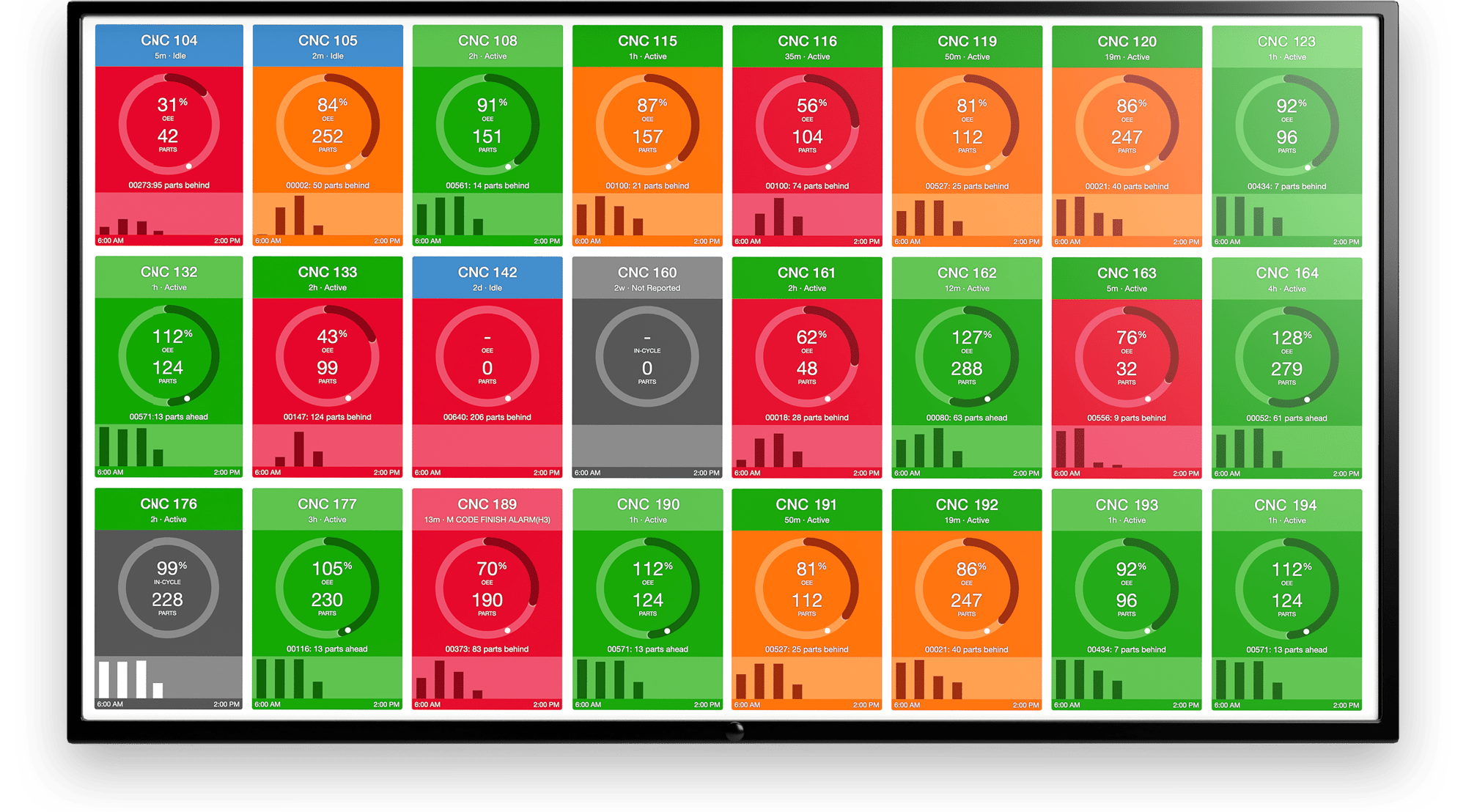
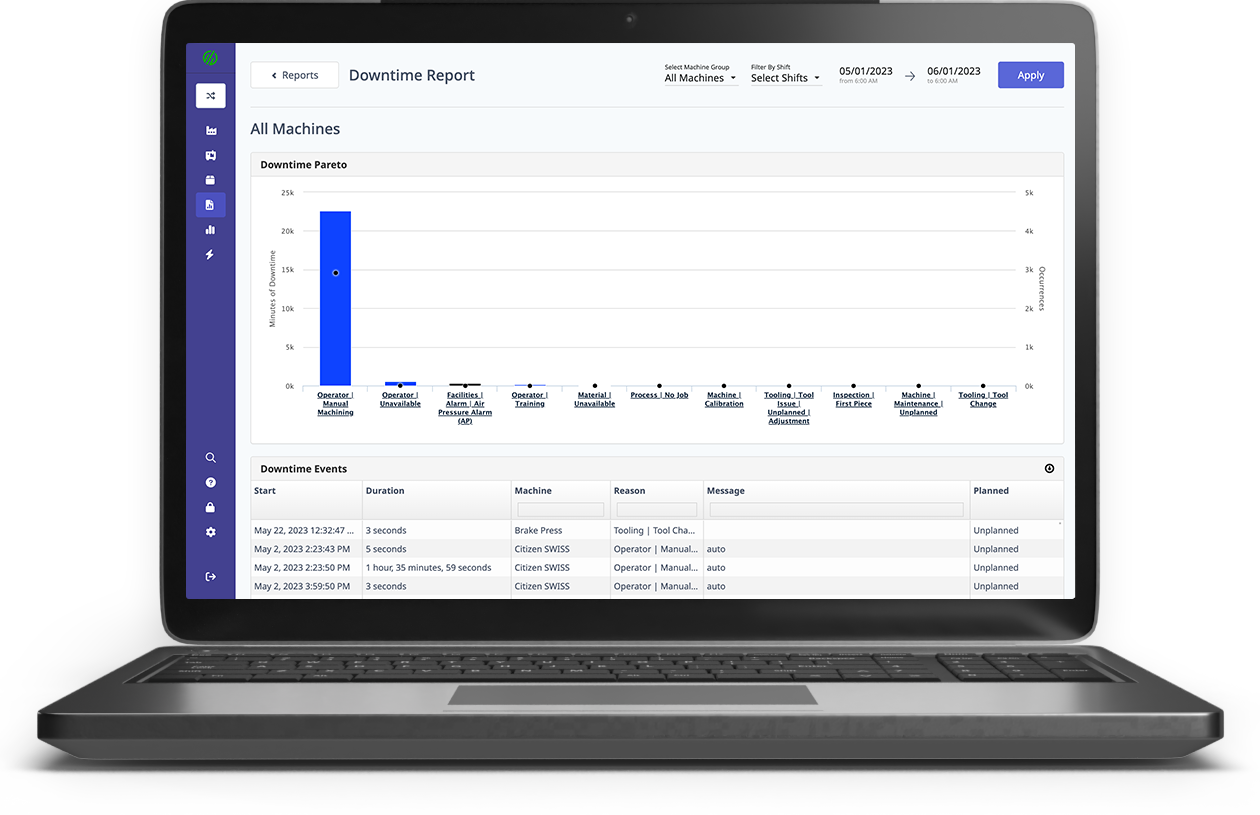
.png?width=1960&height=1300&name=01_comp_Downtime-%26-Quality_laptop%20(1).png)




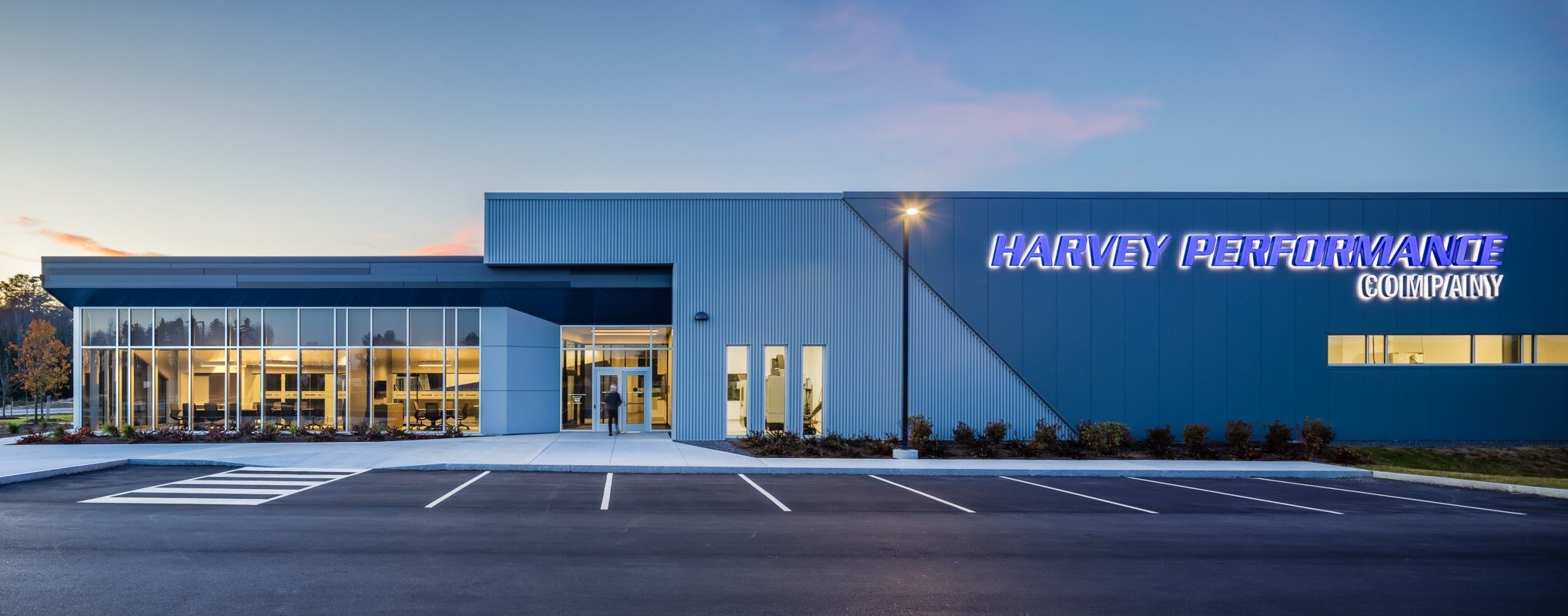
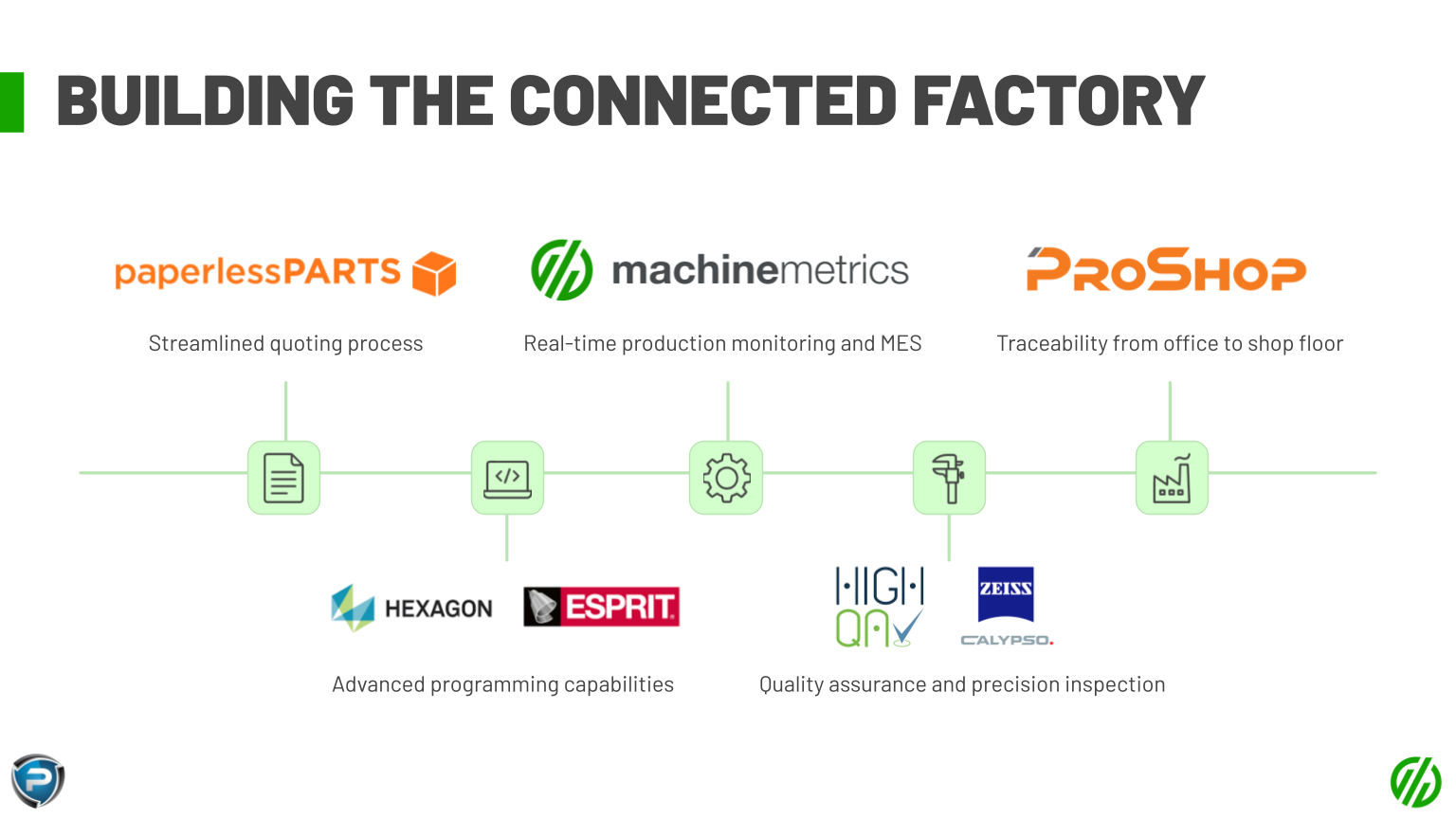
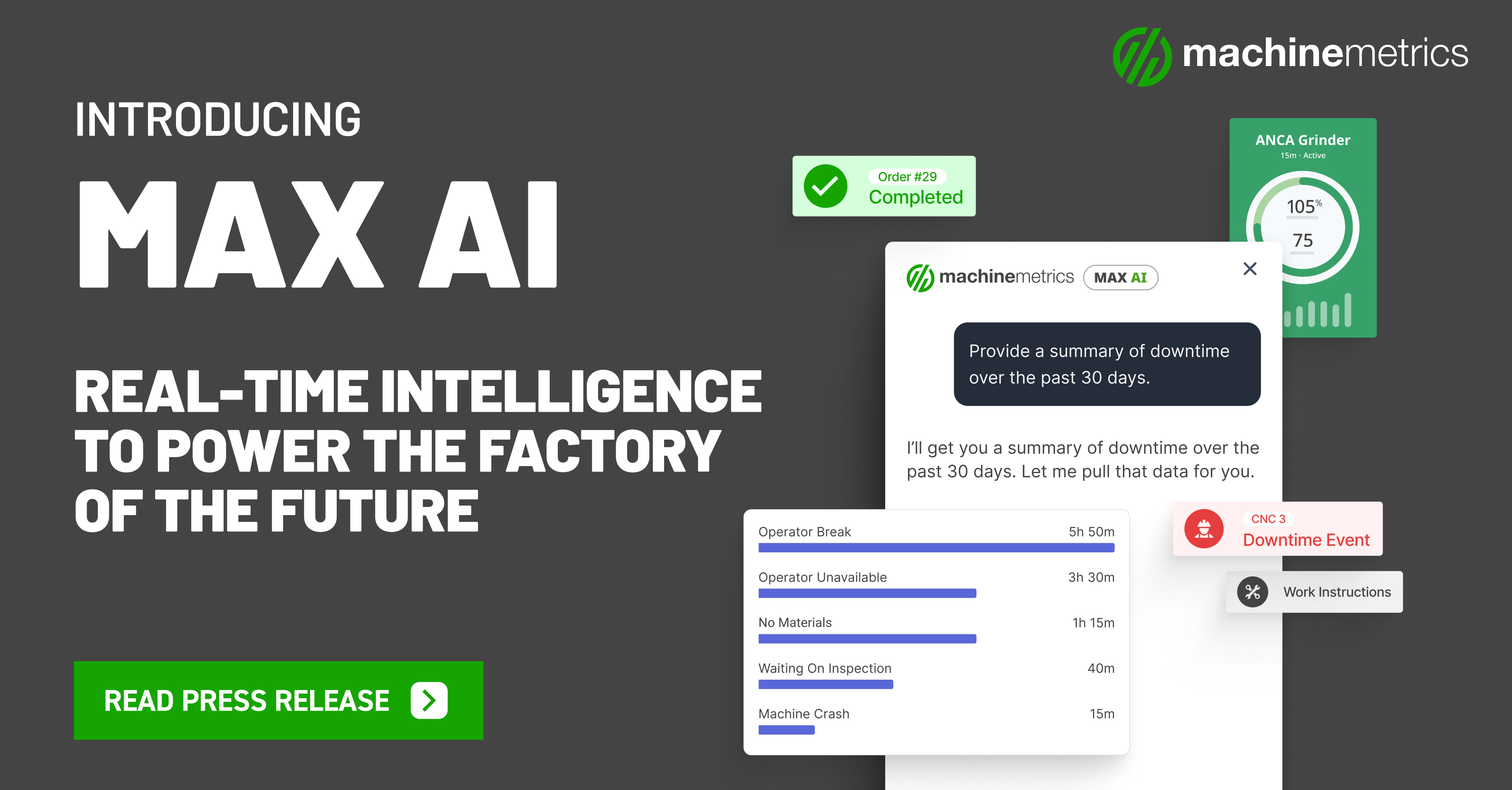
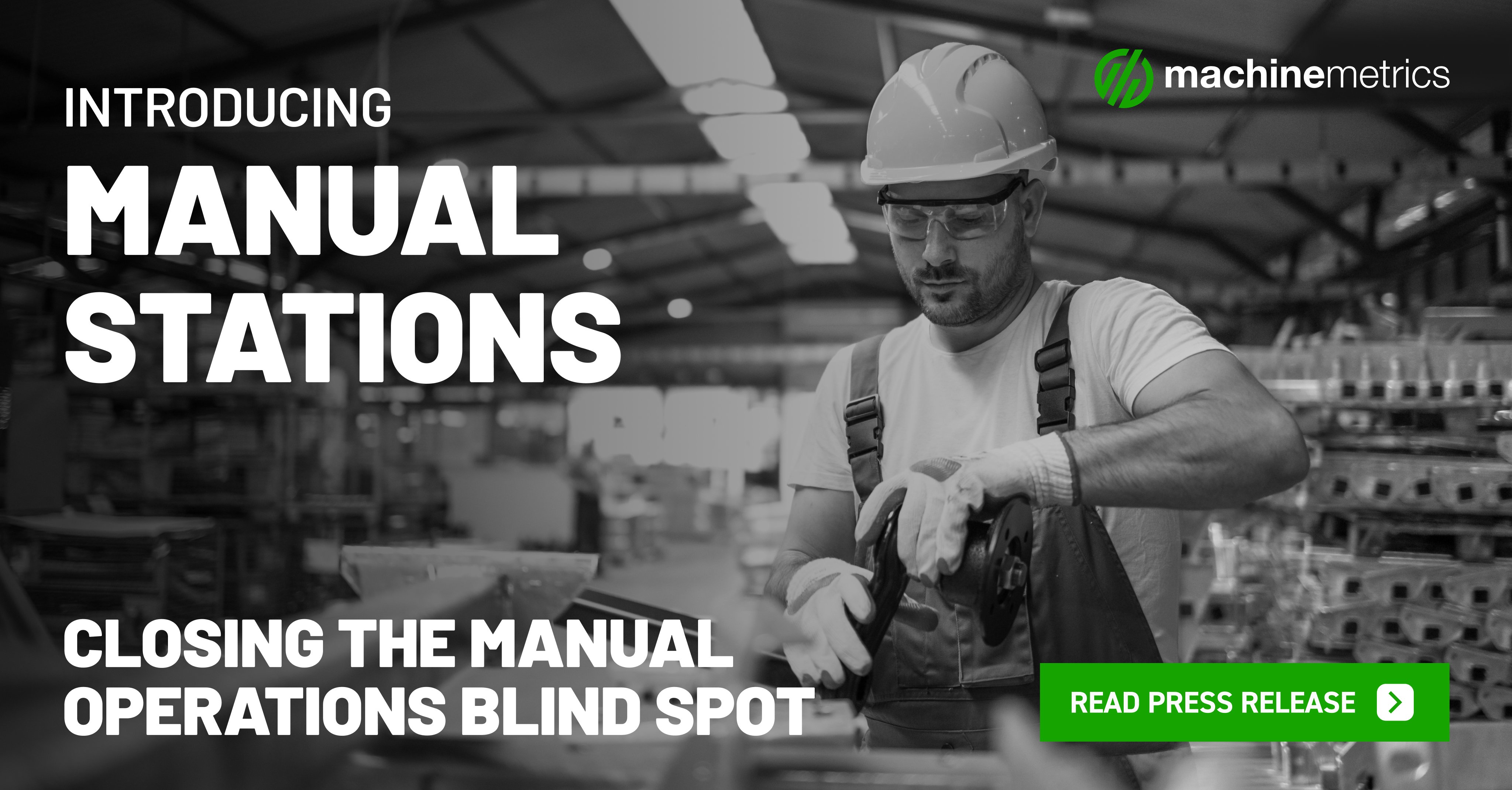
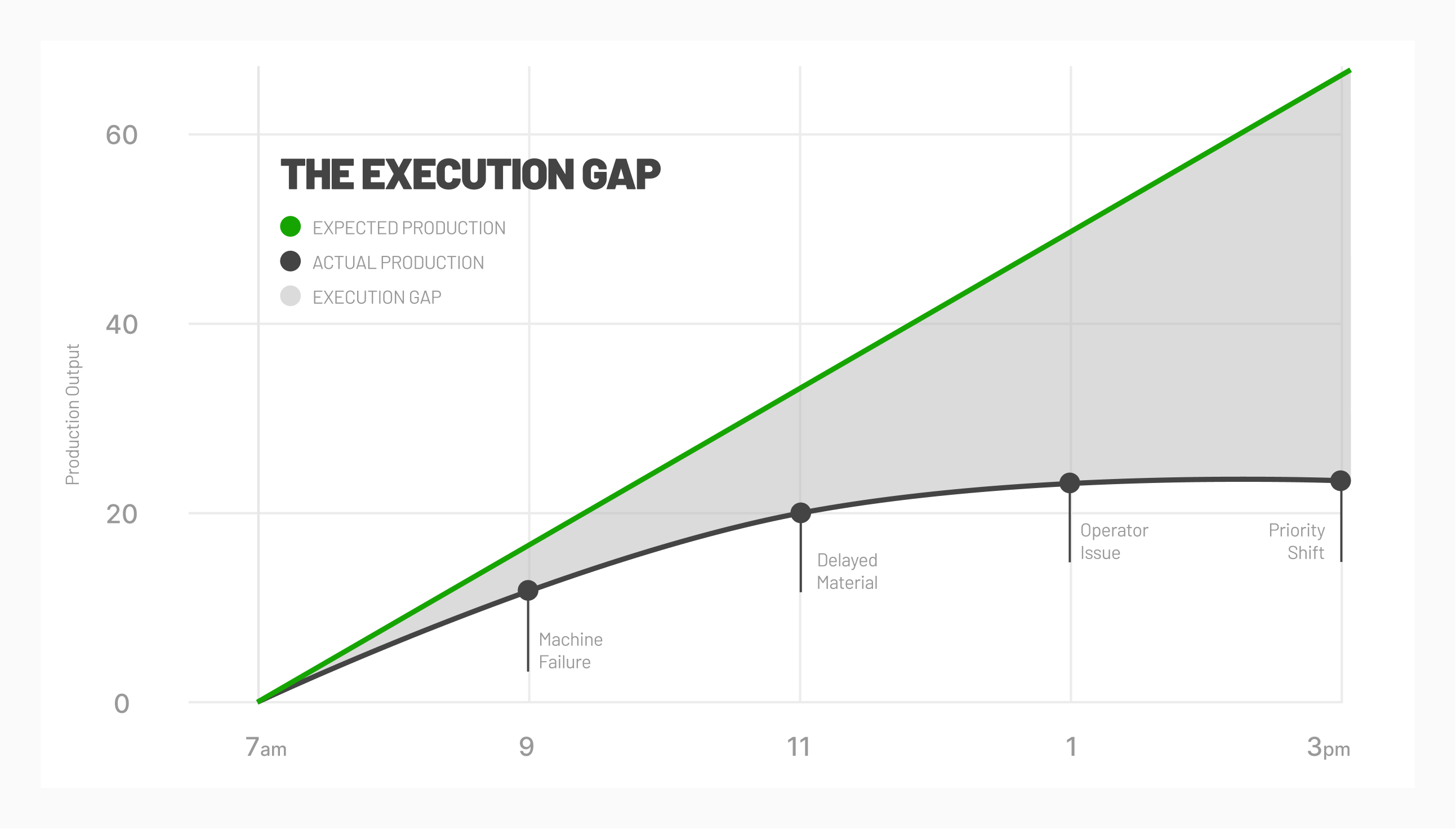

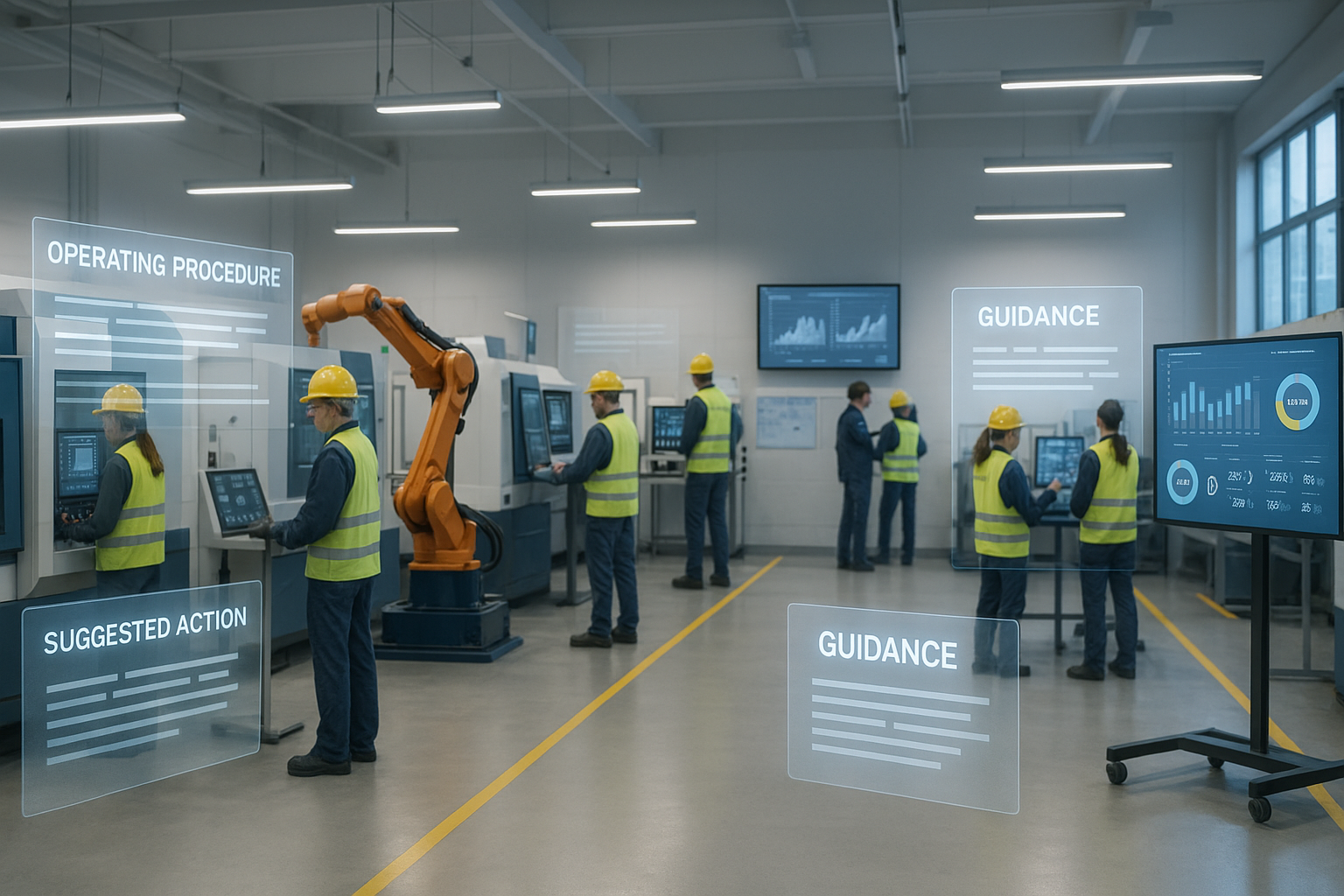

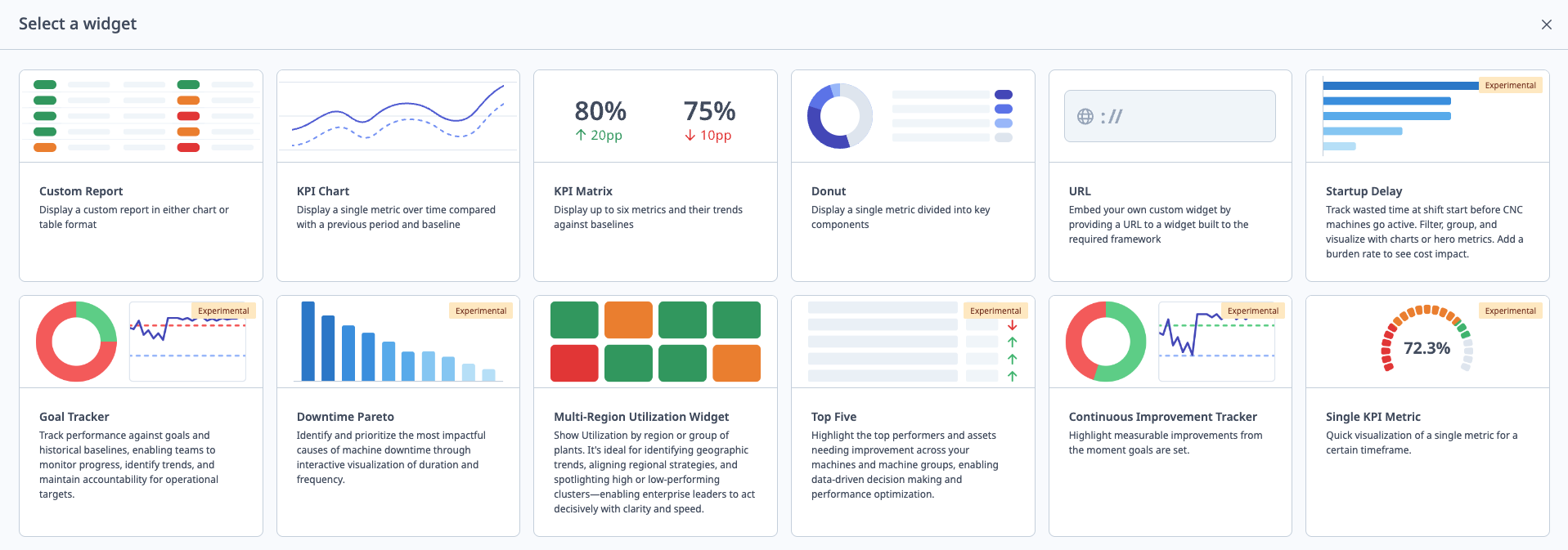
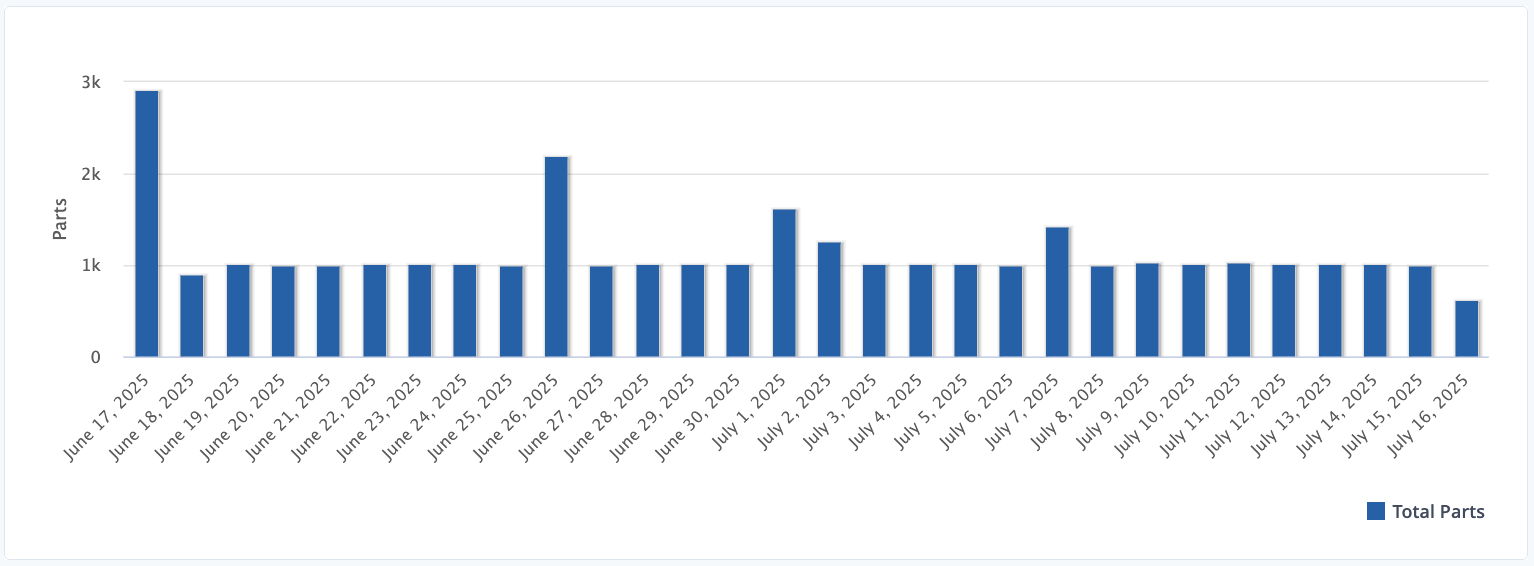
Comments